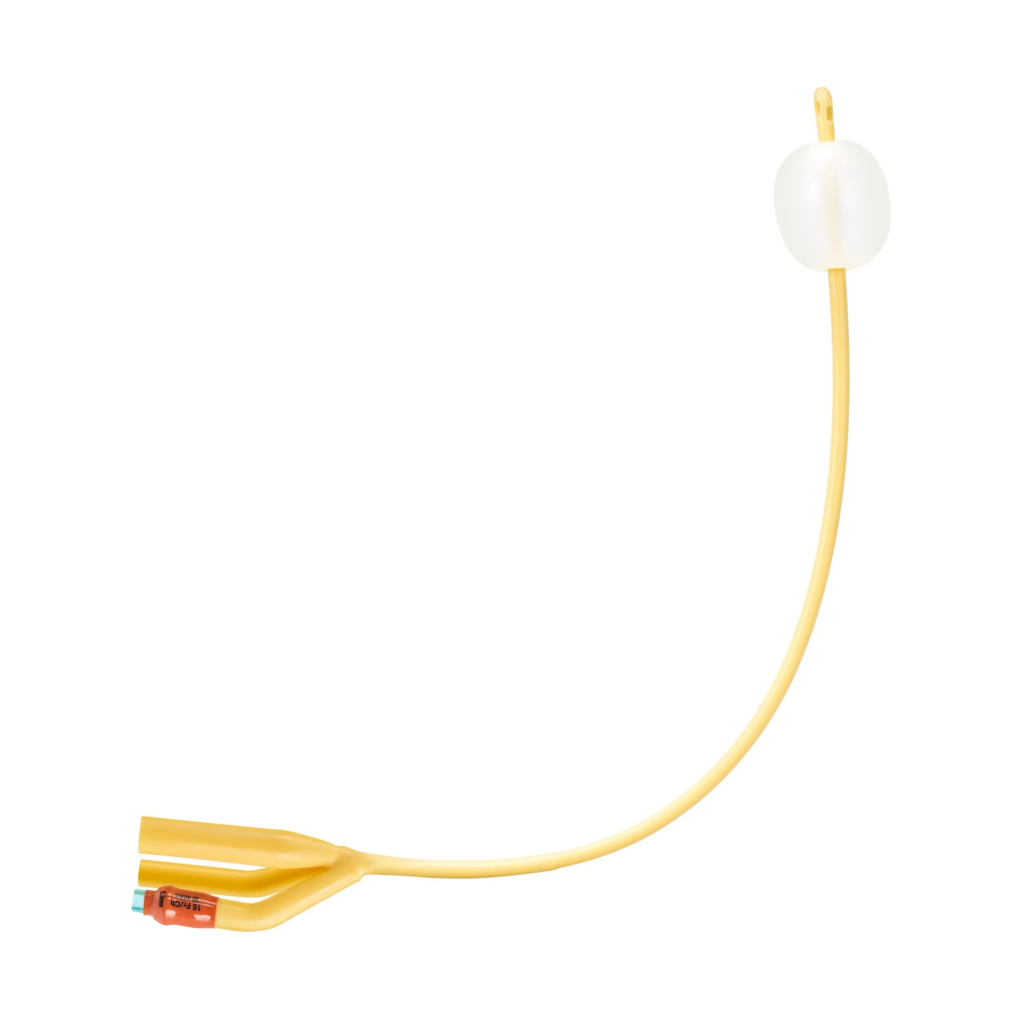Wellead Medical understands the importance of selecting the appropriate Foley catheter for patient comfort and safety. Understanding the differences between the two allows you to make an informed judgement about your patients’ requirements.
One key distinction in Foley catheters lies in the materials used for their construction. As mentioned earlier, Foley catheters can be made from latex or non-latex materials. Latex catheters offer advantages such as flexibility and durability, making them suitable for many patients. However, individuals with latex allergies may experience adverse reactions when exposed to latex proteins present in these catheters. In such cases, non-latex alternatives, typically made from silicone or other synthetic materials, are recommended to ensure patient safety and prevent allergic reactions.
Another important factor to consider is the size or diameter of the Foley catheter. Foley catheters come in various sizes to accommodate different patient needs. Healthcare professionals must assess the patient’s urethral size and anatomy, as well as the anticipated duration of catheterization, to select the appropriate size. A catheter that is too small may lead to leakage and inadequate drainage, while a catheter that is too large can cause discomfort, trauma, or urethral damage. By carefully considering the patient’s requirements and consulting with the appropriate guidelines, healthcare professionals can select the right size Foley catheter to optimize patient comfort and safety.

Latex Foley Catheters
Latex Foley catheters are made from natural rubber latex. They are known for their flexibility, durability, and cost-effectiveness. The latex material allows for easy insertion and removal, providing comfort for patients. Latex Foley catheters are available in various sizes, color-coded for easy identification. They come with a standard 30mL balloon and are compatible with a 3-way system.
Silicone Foley Catheters
Silicone Foley catheters are made from a soft, medical-grade silicone material. They are known for their biocompatibility, which reduces the risk of allergic reactions and irritation. The smooth surface of silicone catheters minimizes friction during insertion and removal, offering enhanced patient comfort. Silicone Foley catheters also come in various sizes, color-coded for easy identification, and are compatible with a 3-way system.
Choosing the Right Foley Catheter
When choosing foley catheter latex vs silicone, there are several factors to consider. Latex catheters are more cost-effective, making them a suitable option for short-term use. Silicone catheters, on the other hand, are ideal for patients with latex allergies or those requiring long-term catheterization. It is crucial to assess individual patient needs, allergies, and duration of catheterization to make the appropriate choice.
Conclusion
At Wellead Medical, we offer a range of Foley catheters to meet the diverse needs of healthcare professionals and patients. Whether you opt for latex or silicone Foley catheters, we prioritize patient comfort and safety. Latex catheters provide flexibility and durability at a cost-effective price, while silicone catheters offer biocompatibility and enhanced comfort. By understanding the differences between latex and silicone Foley catheters, you can make an informed decision for your patients’ well-being. Trust Wellead Medical as your preferred brand for reliable Foley catheters, and prioritize patient care with our high-quality products.

